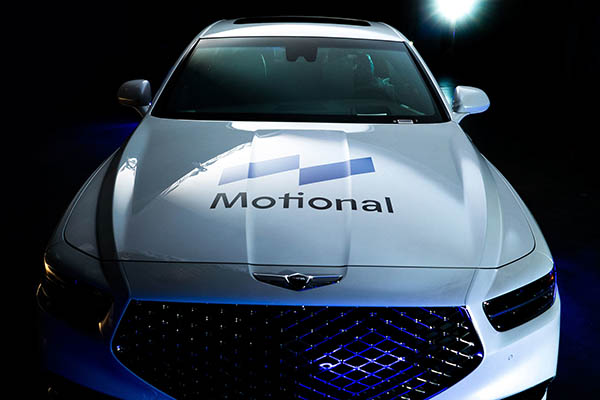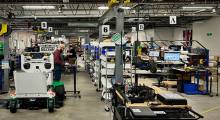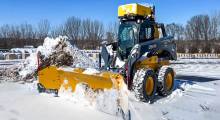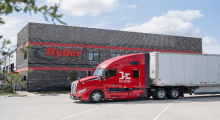Motional Inc. this week announced that it is piloting a new potential application for autonomous vehicles—monitoring energy infrastructure. The Boston-based joint venture between Hyundai Motor Group and Aptiv PLC said it is working with Eversource Energy, which serves more than 4 million natural gas and electricity customers in New England.
“Our test vehicles pass potholes, downed trees and power lines, and stalled traffic signals—among myriad other road occurrences that human drivers also face,” said Motional in a blog post. “What if our vehicles’ sensors could be used to transmit this information for faster assessment and fixes? Could autonomous vehicles be used for real-time infrastructure monitoring? We wanted to find out.”
The company said its autonomous vehicles were deployed in a “first-ever” pilot program to collect information on Eversource’s utilities infrastructure in a designated initial area. They automatically transmitted that information to Eversource through an end-to-end data system with the goal of reducing power outages and improving service.
Motional responded to the following questions from Robotics 24/7:
How many vehicles were involved in the Eversource and Motional's tests? Where will they take place?
Multiple vehicles were used in the pilot. The pilot was conducted in Eversource’s service territory, which covers Massachusetts, Connecticut, and New Hampshire.
Do the partners envision this information being gathered by delivery vehicles, utility trucks, or autonomous passenger vehicles?
Right now, Motional’s autonomous vehicles are being developed as robotaxis for passenger transportation. Those robotaxis will be the vehicles used for energy infrastructure monitoring.
What sorts of insights have you gained or are you looking to gain?
Motional and Eversource are still evaluating the insights. We look forward to sharing our findings as we continue to collaborate.
How would more data benefit municipalities? Is this technology more relevant for suburbs or even rural areas?
There many ways this type of data could be used by local officials and agencies. In the future, the vehicles could be used to collect information on potholes, down traffic signals, a hazard at an intersection such as a broken-down car, or even an accident before it’s reported to authorities.
Is Motional talking with other utilities or local governments? For instance, could road condition data be valuable?
Yes, Motional is engaging with many different partners as we explore the opportunities for our autonomous vehicles to add unique value to their communities.
What's the next step in Motional's testing?
We look forward to sharing more about our energy infrastructure monitoring research down the road.
In the meantime, our robotaxis are being tested in multiple cities across the U.S. and Asia, as we prepare to deploy them fully autonomously—with no driver— in multiple U.S. cities on the Lyft network, starting in 2023.
About the Author
Follow Robotics 24/7 on Linkedin
Article topics
Email Sign Up
















